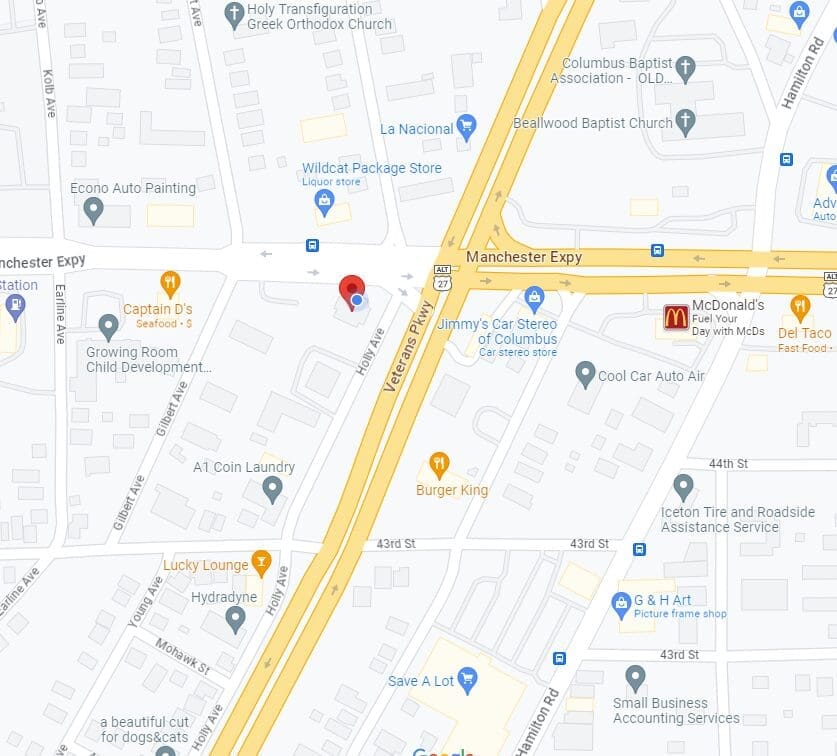Hurricanes have a profound impact on our forests, wreaking havoc at both local and landscape scales. The intense winds and torrential rains of these storms can snap trees like toothpicks, disrupting ecosystems, increasing wildfire fuel, and leaving trees vulnerable to diseases. As climate change drives the intensification and frequency of hurricanes and wind events, the need for swift and accurate assessments of timber damage has become increasingly critical.
To address this challenge, the Forest Service, in collaboration with the Southern Group of State Foresters and NASA, has developed a groundbreaking model called Tree Structure Damage Impact Predictive (TreeS-DIP). This model aims to provide rapid assessments of timber damage in the aftermath of hurricanes, allowing for a more efficient allocation of resources to protect communities and safeguard the environment.

The Urgency of Timely Information
In the wake of a major hurricane, uncertainty reigns as to the extent and location of damage. Traditional methods of gathering data through aerial or ground observations are time-consuming and can lead to delays in resource allocation, potentially jeopardizing safety and recovery efforts. This is where TreeS-DIP comes into play.
The TreeS-DIP model was designed to offer resource managers an initial overview of the damage’s location and intensity, enabling them to allocate resources more rapidly. In the peak of hurricane season, this tool becomes invaluable for ensuring timely responses.
Putting TreeS-DIP to the Test
Last September, Hurricane Ian made landfall in southwest Florida as a powerful Category 4 hurricane with winds reaching 150 miles per hour. The storm’s path caused extensive damage, impacting around 165,000 acres of timber. Recognized by NOAA as one of the costliest hurricanes in U.S. history in terms of property damage, Ian presented an ideal opportunity to test TreeS-DIP.
Florida’s state agencies turned to the Forest Service for assistance, seeking to leverage the TreeS-DIP model’s capabilities. By aggregating data from various sources, including NOAA, NASA, Forest Service, and the Southern Group of State Foresters, the Forest Service was able to provide a comprehensive map illustrating Ian’s impact and the extent of tree damage across the landscape.
Within just 48 hours of the hurricane’s landfall, the Forest Service delivered spatial datasets, categorizing forest damage into four levels: catastrophic, severe, moderate, and light. This real-time information was a game-changer for assessing timber damage more swiftly than ever before.
Empowering Data-Driven Decisions
The Forest Service’s data proved invaluable, especially when flight restrictions and impassable roads hindered traditional assessment methods in the hurricane-affected areas. The timely availability of TreeS-DIP data empowered leaders to make informed decisions regarding resource allocation, even in the midst of uncertainty.
Florida’s emergency response teams combined the Forest Service’s data with their existing information to determine the extent of damage to forests, both on private and public lands. This valuable data was then shared with state and federal agencies and partners, optimizing resource allocation and response coordination.
In just a matter of days following Hurricane Ian’s impact, the result was a comprehensive estimate of timber damage valued at $32 million, accounting for 3 million tons and affecting 165,000 acres across 11 Florida counties.
The Role of TreeS-DIP
While TreeS-DIP is currently used operationally by the Forest Service as a rapid response tool for initial damage assessments, it does not replace more detailed ground or aerial observations. Instead, it serves as a predictive model, offering valuable insights based on factors such as wind, tree tolerance, and environmental conditions.
In a world where climate change fuels the fury of hurricanes, tools like TreeS-DIP are essential for safeguarding communities, the economy, and our environment. By combining predictive models with traditional observations, we can make more informed decisions and respond effectively to the increasing threat of hurricane damage.
Are you in need of residential storm damage roofing services or products?
Alliance Specialty Contractor, Inc. is a GAF Certified Contractor and a Full Service, Veteran Owned, Roofing companies near you that specializes in handling Storm Damage and Insurance Claims! We are the #1 source for all your roofing needs and your full-service roofing company that specializes in Storm damage roof replacement for all properties. We offer roof financing for your roof replacement.
You can count on our highly skilled team to provide fast and reliable free roofing inspections. We deal directly with insurance to ensure you receive the coverage you deserve and provide the best products from GAF. Are you in the Pittsview, Seale, Salem, La Grange, Shiloh, Phenix City, Auburn, Opelika, Columbus, Midland, Ft. Mitchell, Salem, Fortson, or Smiths Station?

Contact Us Today!
(877) STORM-11
Leave a Reply